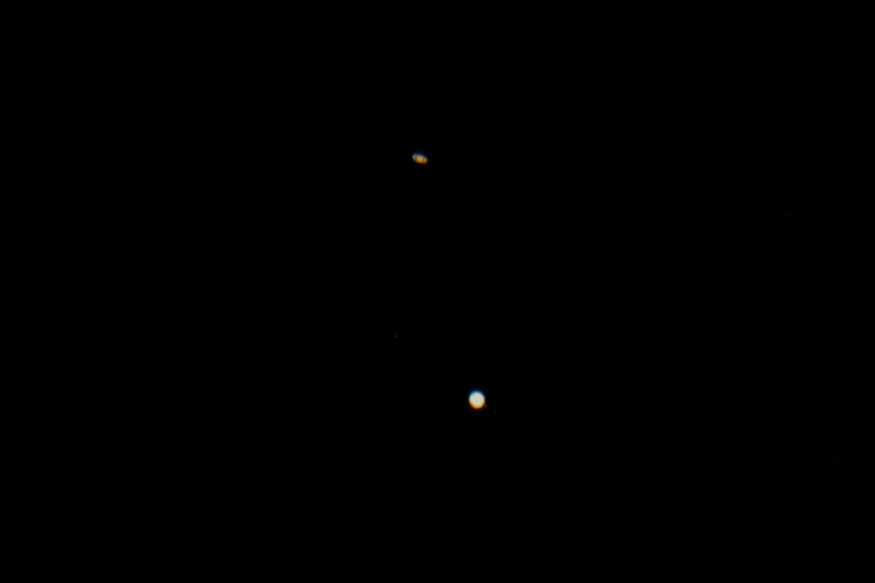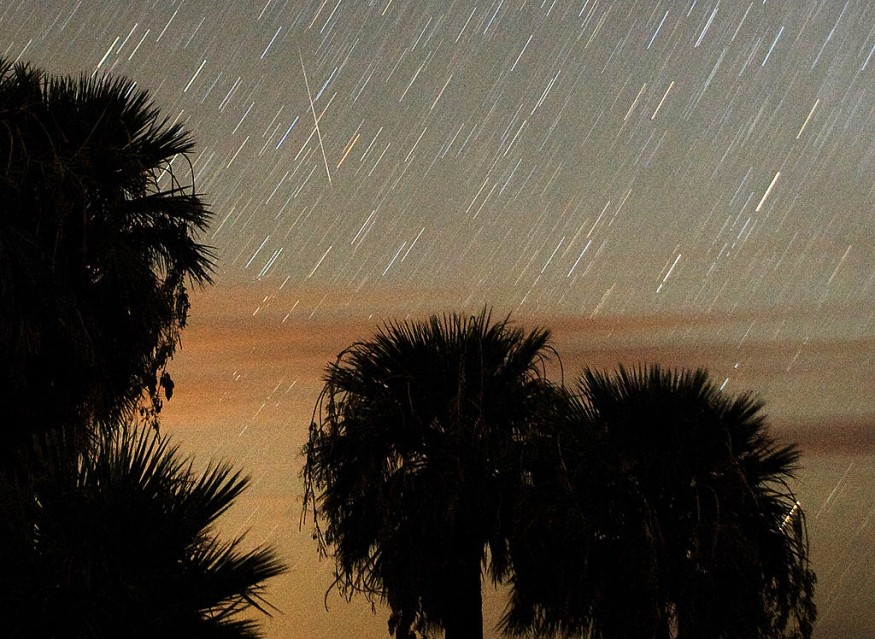The cosmos will deliver a few spectacles of its own that will be visible throughout the world - no telescope necessary - in a month renowned for a frenzy of fireworks that can change the night sky into a spectacular display of color.

Even though July has some of the shortest evenings of the year, it is a great time to take in the night sky without having to bundle up for the cold. It's also one of the finest months to see the Milky Way, which can be seen in the southern sky after sunset if you're far enough away from light pollution.
The Milky Way is quite faint to the naked eye, so let your eyes at least 15 minutes to acclimate to the darkness before seeing it. The nights around the new moon, which will occur on July 9, will be the finest nights for viewing the galaxy.
Related Article : 7 Of the Most Iconic Images In NASA's Copyright Free Gallery
The Milky Way may be seen several times during the summer. Still, the top three astronomical events of July will only be visible on specific evenings, so make a note of them on your calendar:
The conjunction of Venus and Mars

In the evening sky in mid-July, the two planets nearest to the Earth will look unusually close in an event known as a conjunction.
In recent weeks, Venus has been putting on a show in the western sky, and she will remain a prominent post-sunset planet throughout July.
Mars will pass near Venus on Monday, July 12, although it will be considerably fainter and difficult to see. After dusk, a tiny crescent moon will be seen over the pair.
On Tuesday, July 13, the two planets will appear near once more, providing another chance to view the coupling for anyone who missed it the day before. Compared to July 12, the moon will be in the same location as the sky but will be a little farther away from the planets.
Thunder Moon, Saturn & Jupiter

The moniker for July's full moon, which will rise around sunset on Friday, July 23, was inspired by summer storms.
If there isn't an overcast sky owing to a rainstorm, those outside this evening will be able to witness the full Thunder Moon rise in the eastern sky and sparkle all night.
According to The Old Farmer's Almanac, the full moon in July is also known as the Buck Moon, Salmon Moon, and Raspberry Moon.
The Thunder Moon, on the other hand, will not ascend alone.
Two planets will ultimately rise above the horizon in the same area of the sky as the night progresses.
Saturn and Jupiter will be visible close to the moon's left around midnight, forming a line across the southeastern sky.
On the evenings of July 24-25 and July 25-26, the moon will pass between Saturn and Jupiter, and on the nights of July 25-26, it will pass exactly below Jupiter.
Double meteor shower

The last moderate meteor shower, which sent shooting stars flying across the sky over three months ago, is about to come to a close, with not one but two meteor showers peaking on the same night.
The Eta Aquarids meteor shower occurred in early May; however, many skywatchers on the East Coast, northern Plains, and Pacific Northwest missed it due to extensive clouds.
The Southern Delta Aquarids and Alpha Capricornids will peak during the night of Wednesday, July 28, into the early hours of Thursday, July 29.
According to the American Meteor Society, the two meteor showers will combine 15 to 20 meteors each hour.
This translates to a shooting star every several minutes, but the Alpha Capricornids' most fascinating feature is "the number of brilliant fireballs generated throughout its active period." As they burn up in the Earth's atmosphere, certain meteors may light up the whole sky.
These meteor showers will also serve as a warm-up for stargazers before the Perseids meteor shower in mid-August, which is one of the finest meteor showers of the year.
For more Space news, don't forget to follow Nature World News!
© 2025 NatureWorldNews.com All rights reserved. Do not reproduce without permission.





